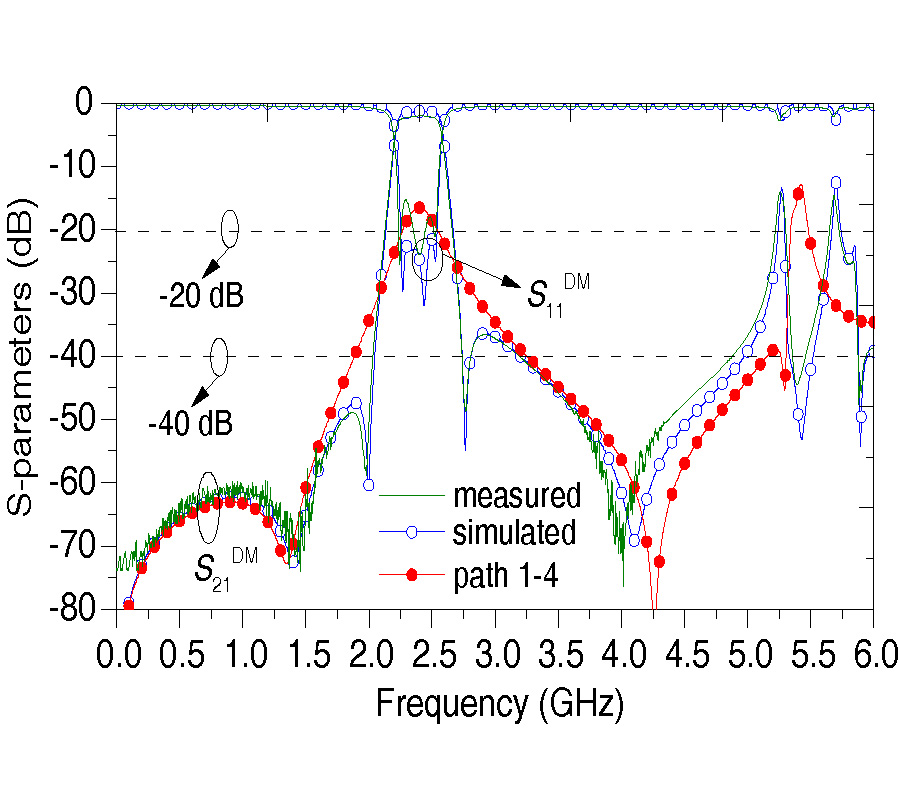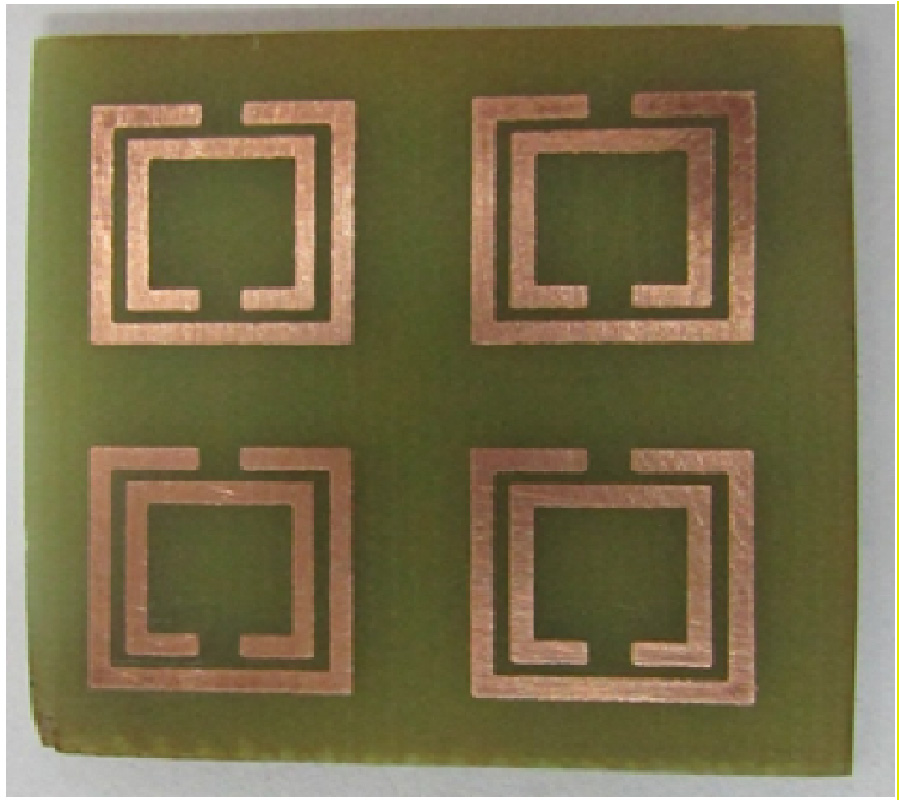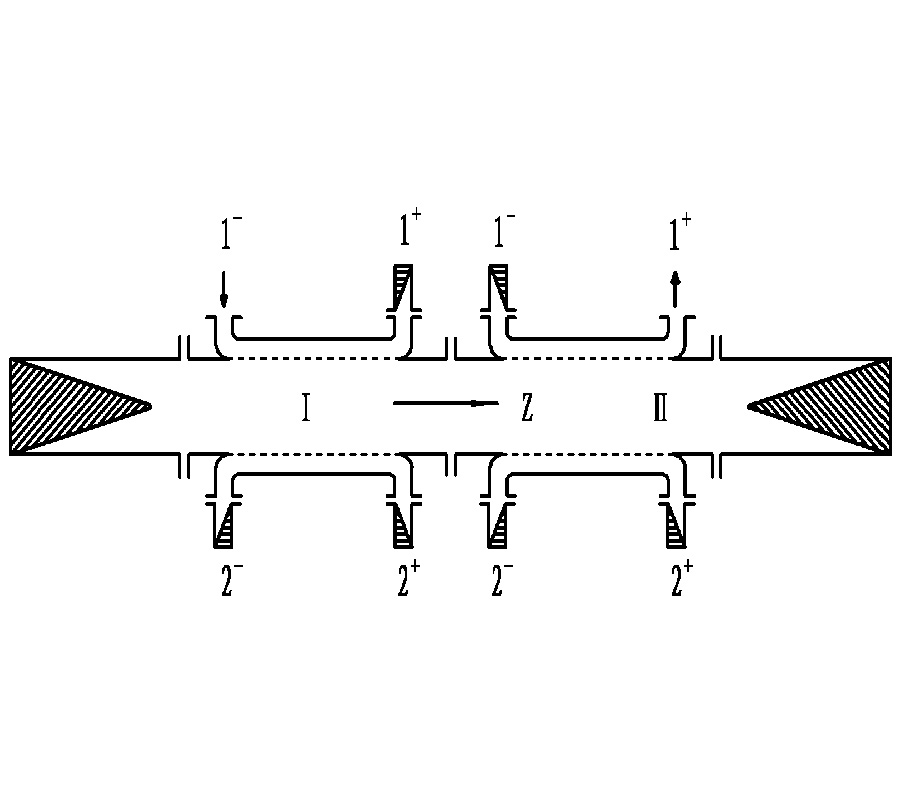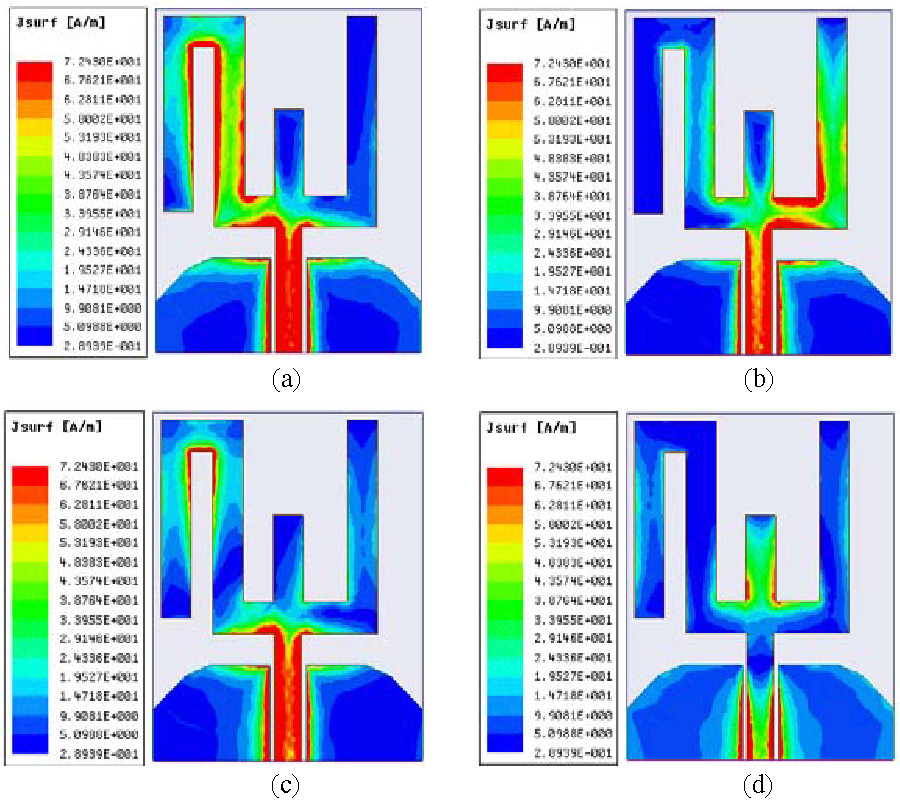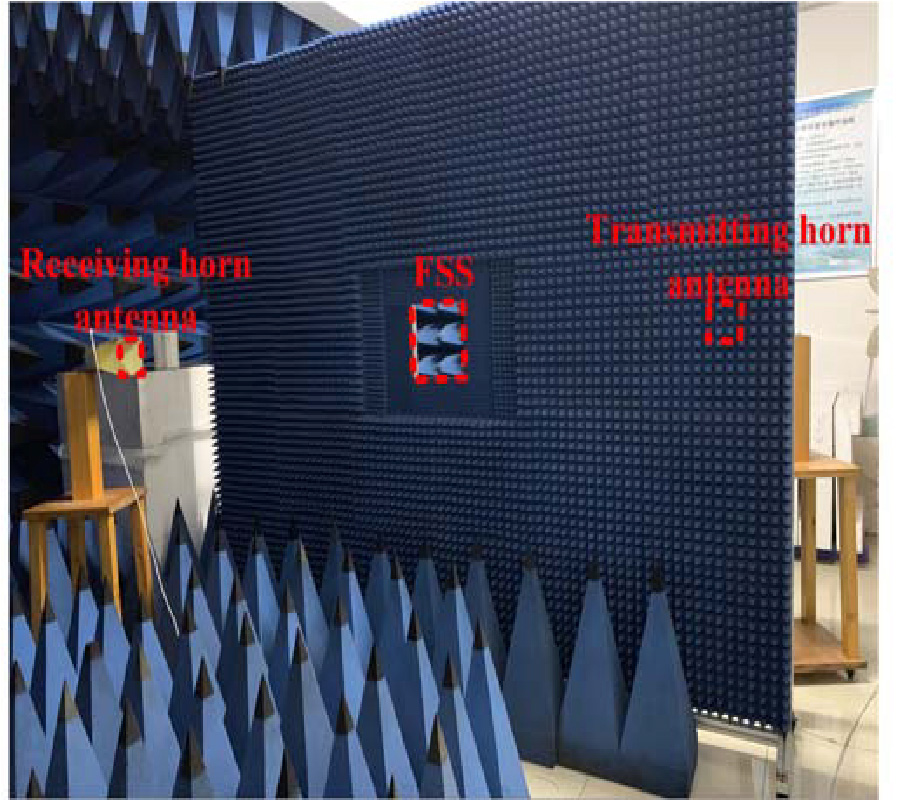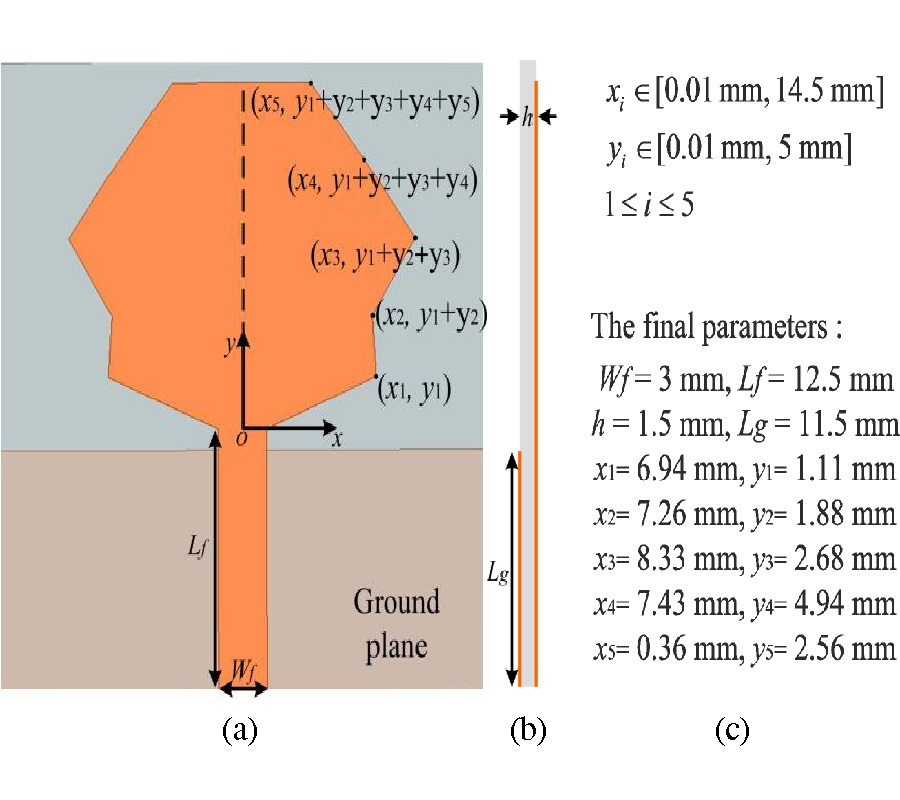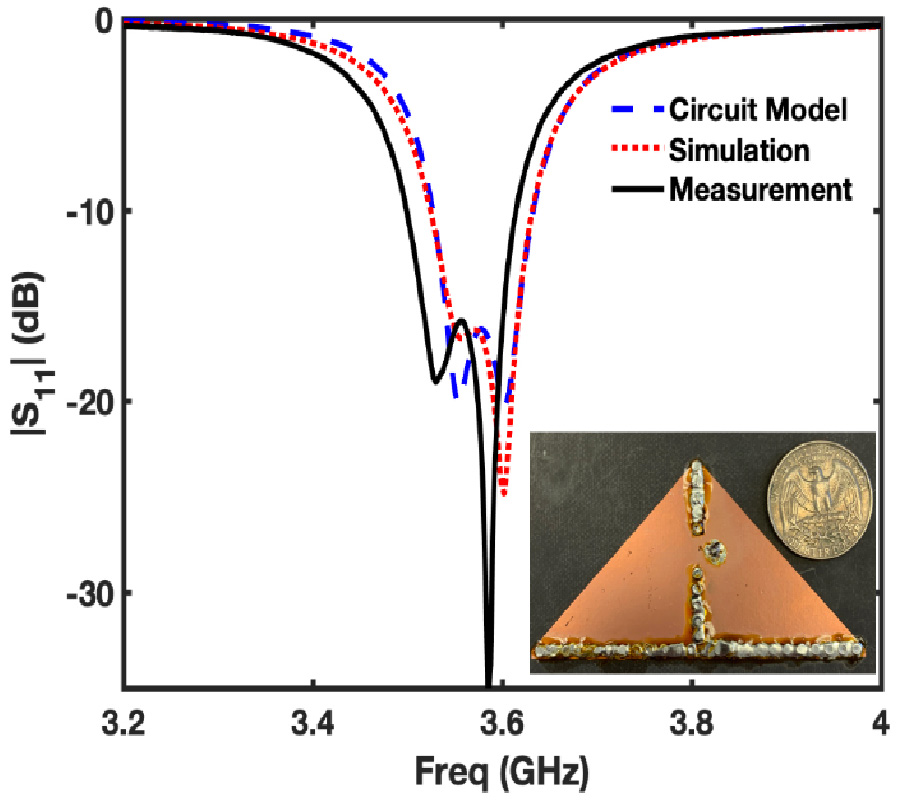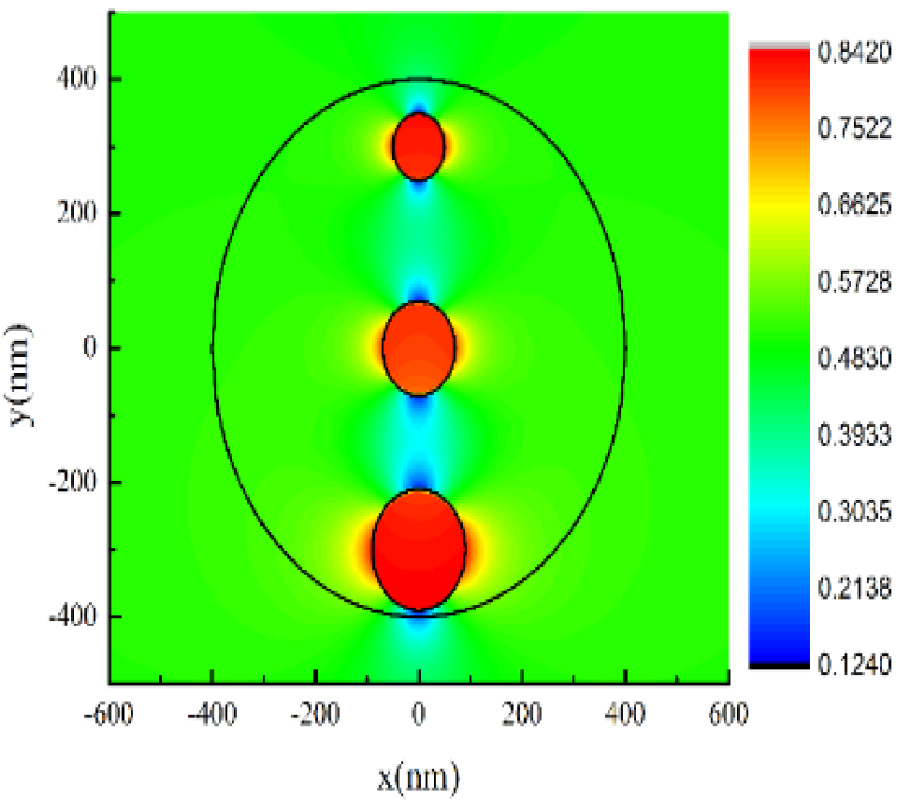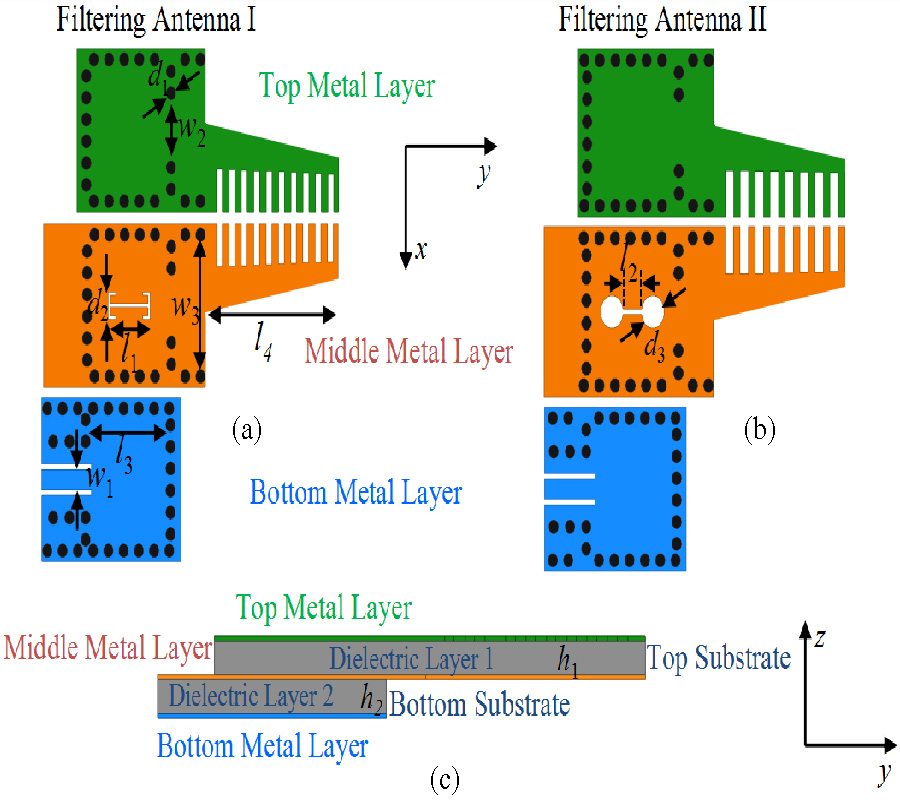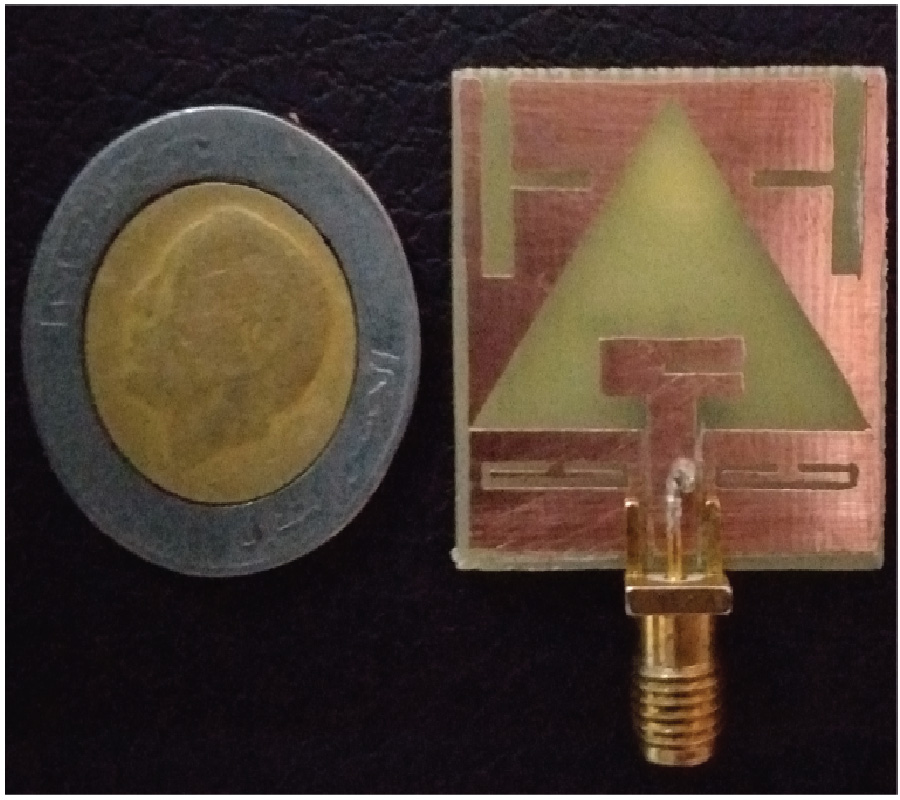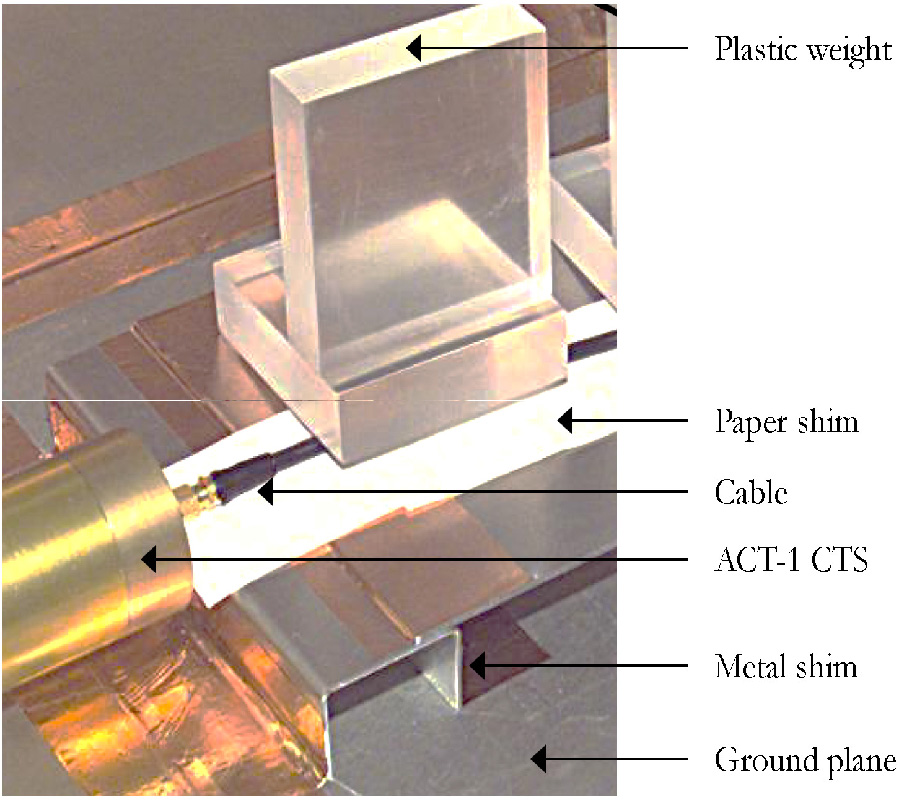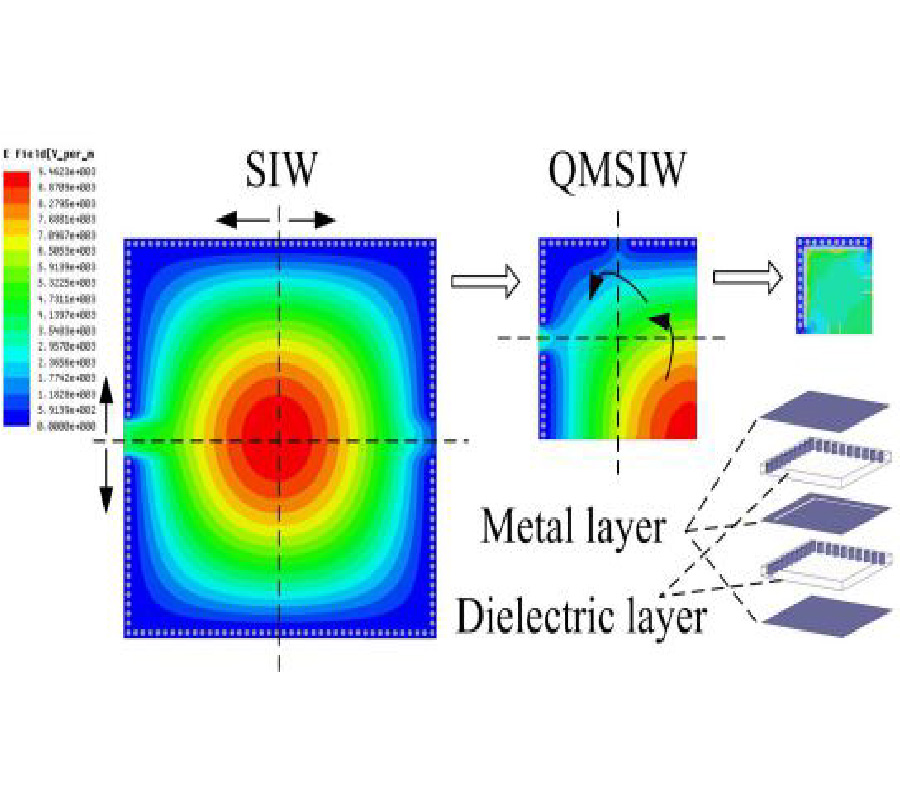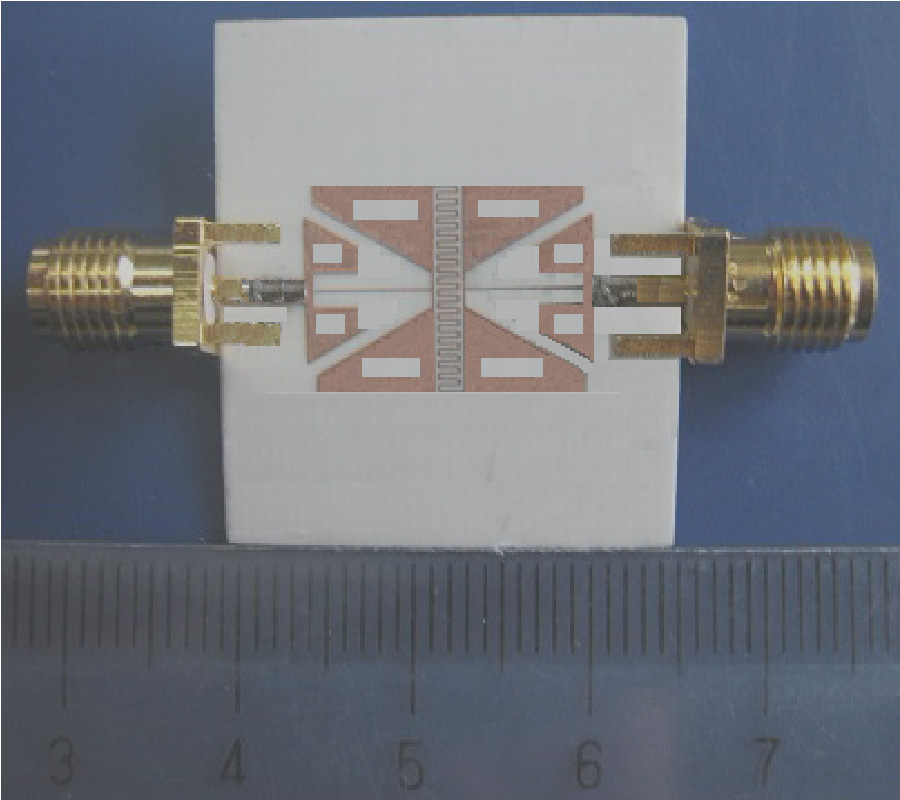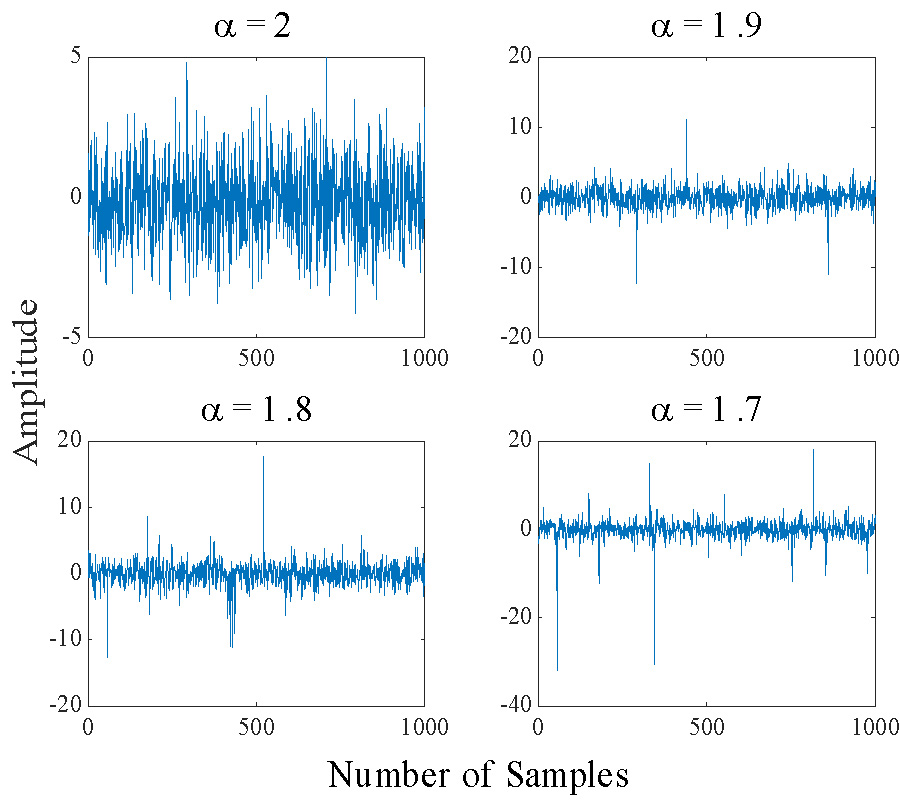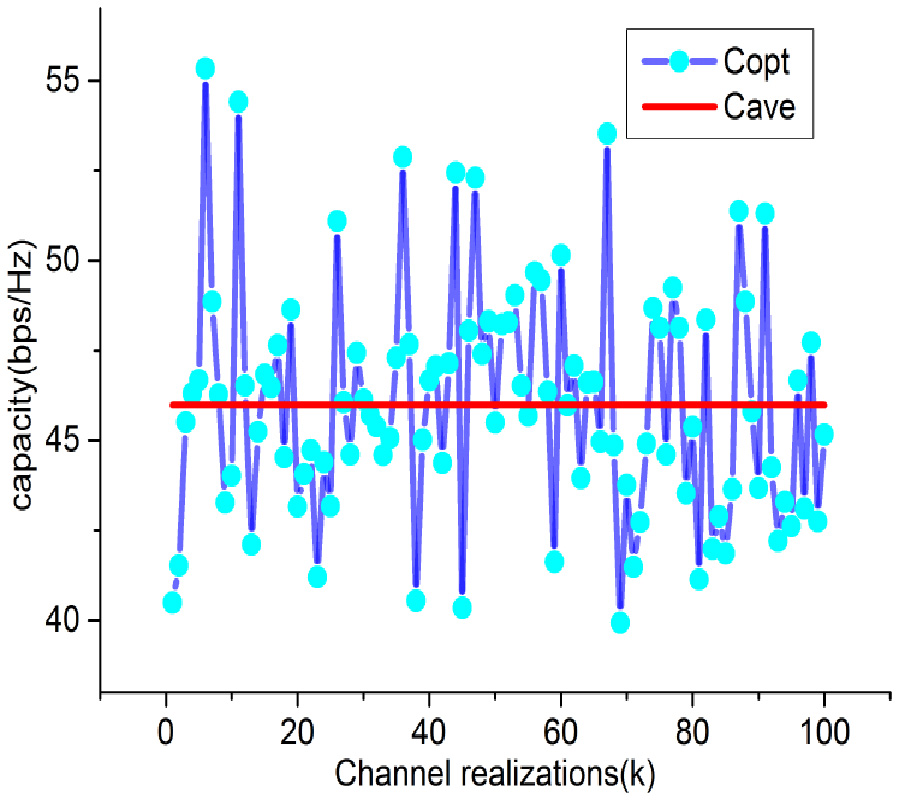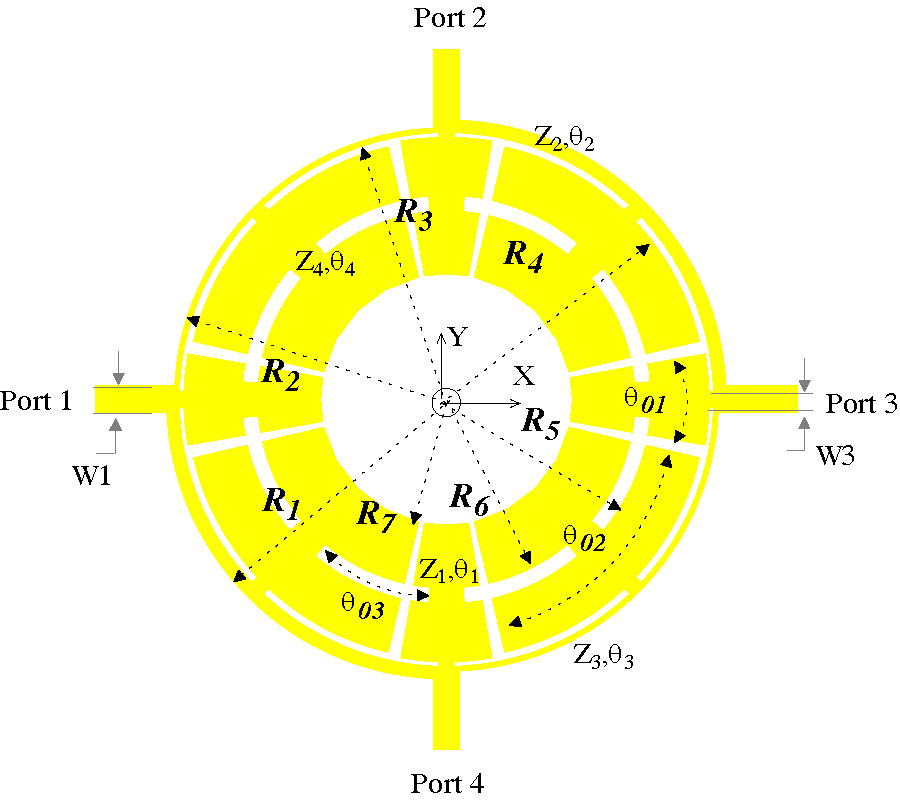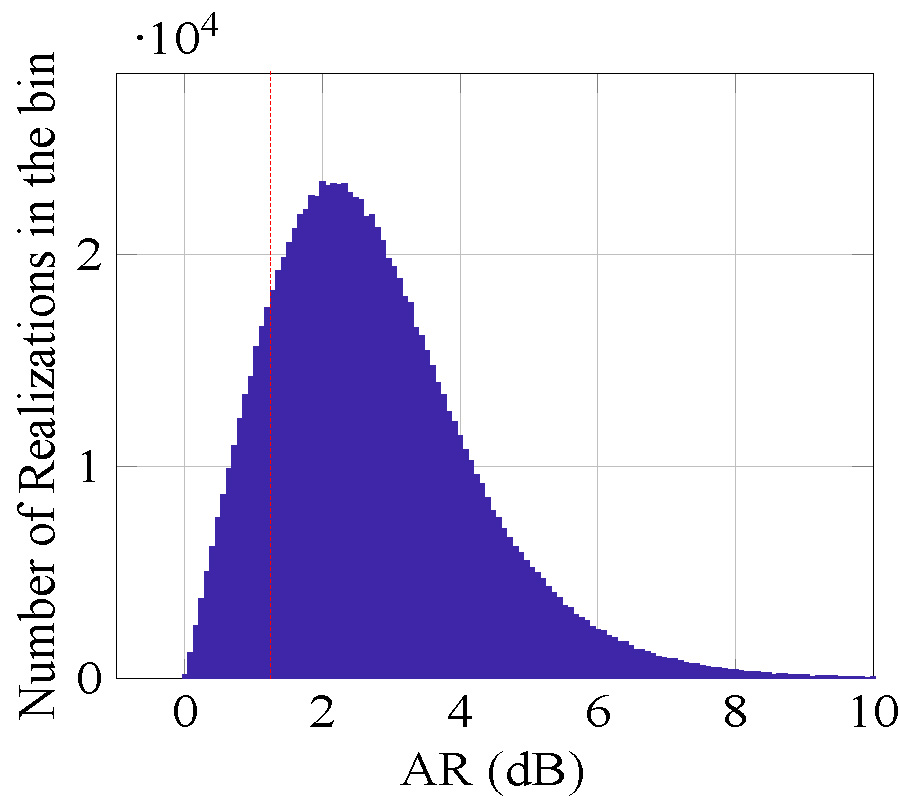CPW-Fed Compact Multiband Monopole Antenna for WLAN/WiMAX
/X-Band Application
Tao Liu
,
Yufa Sun
,
Ji Li
,
Junnan Yu
and
Kang Wang
A CPW-fed compact multiband planar printed monopole antenna for WLAN/WiMAX/X-Band applications is presented in this paper. The structure size of antenna is 0.144λ0×0.176λ0×0.008λ0. The proposed antenna is composed of three monopole radiators, a microstrip feed line and the ground with chamfer. With these structures employed, the antenna can generate four different resonances to cover the desired bands while maintaining low profile. The antenna simulation results show four distinct bands from 2.24 to 2.85 GHz, from 3.29 to 4.12 GHz, from 5.13 to 6.24 GHz, and from 6.58 to 8.57 GHz, which cover the entire WLAN bands (2.4-2.484, 5.15-5.35, and 5.725-5.825 GHz), WiMAX bands (2.5-2.69, 3.4-3.69, and 5.25-5.85 GHz), and X-band satellite communication systems (7.25-7.75 and 7.9-8.4 GHz). For verification of simulation results, a prototype of quad-band antenna is designed, fabricated, and tested. The simulated and measured return losses, radiation patterns, and gains are presented. The proposed antenna possesses compact size, simple structure, high gain, and omnidirectional radiation pattern, which make it a suitable candidate used in small/portable WLAN/WiMAX/X-Band devices.


